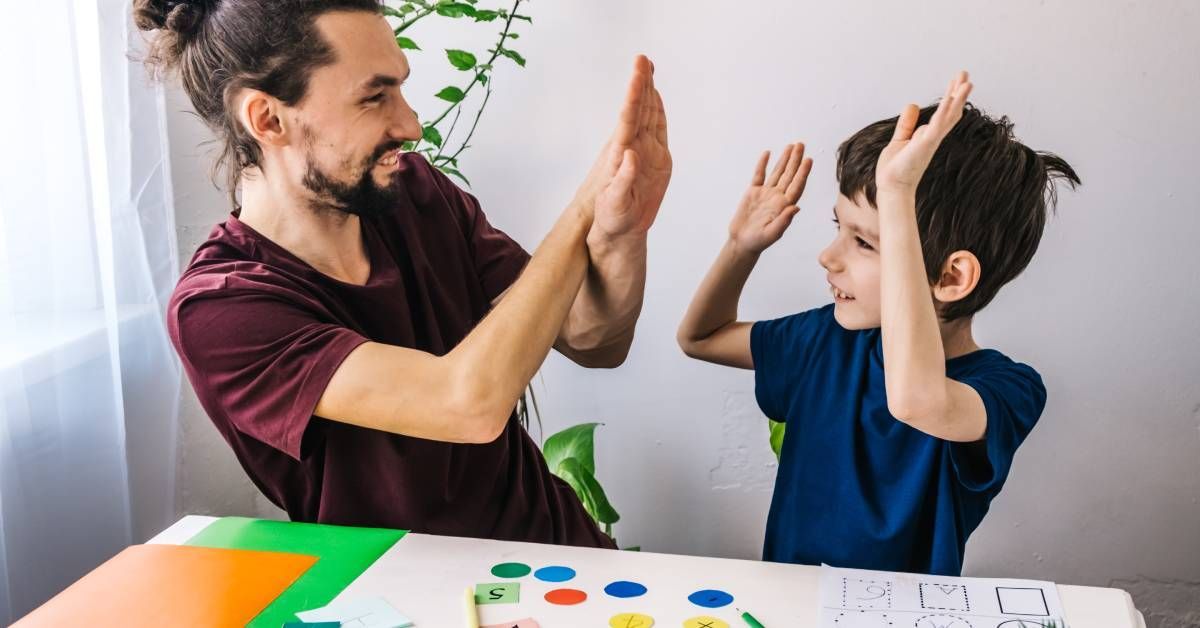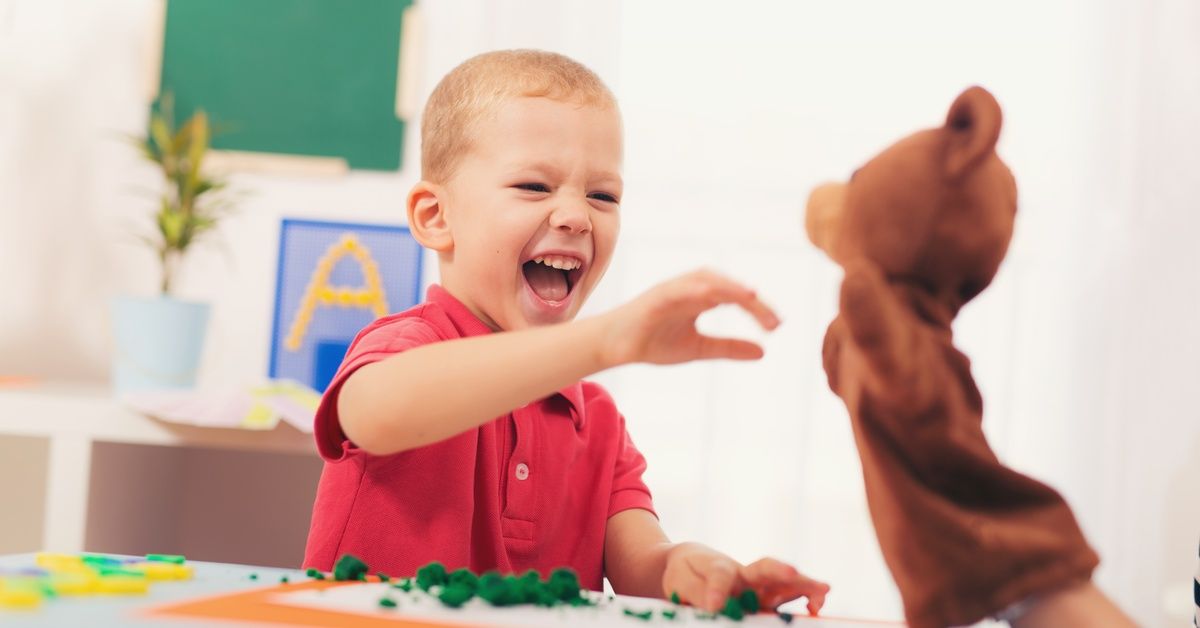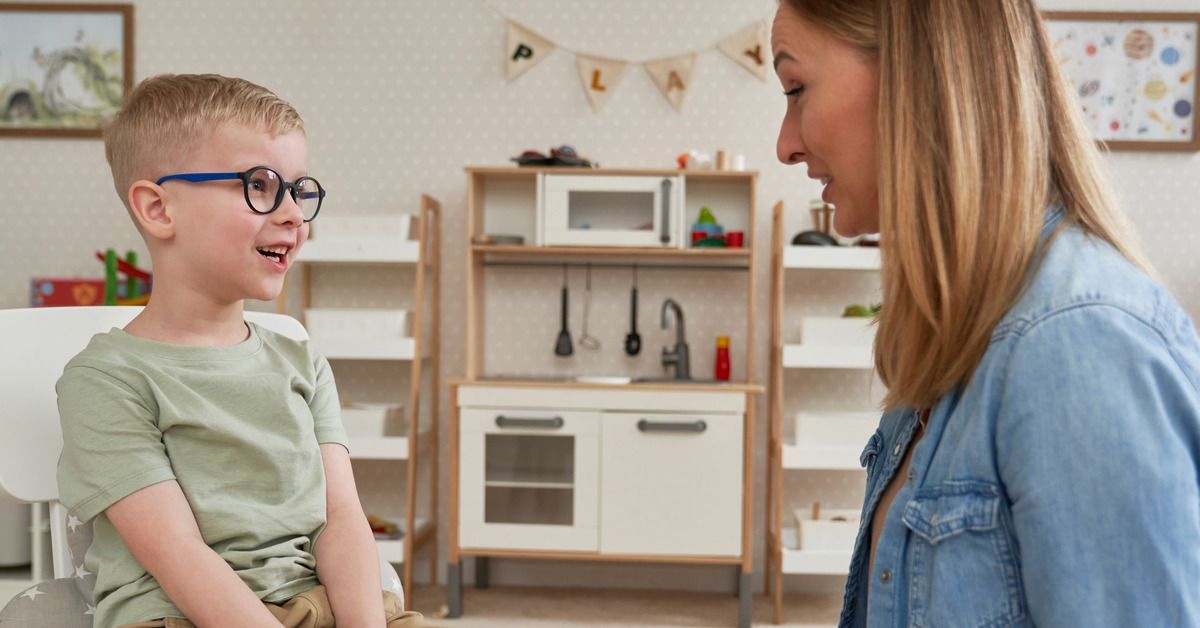Tips for Helping Your Child With Autism Start Something New
Starting something new can be both exciting and daunting, particularly for parents supporting a child with autism. However, these moments of exploration often present opportunities for development and growth. New activities and hobbies can strengthen skill-building, social interaction, and a sense of accomplishment. For children with autism, these experiences are gateways to discovering their potential while helping them feel more connected to the world around them.
With these tips for helping your child with autism start something new, parents can feel empowered to help their children take on fresh challenges while addressing individual needs. From developing organization skills to gaining confidence, starting new activities can truly transform a child’s life.
Why Starting Something New Is Important for Your Child
Starting new activities provides children with autism the chance to learn, adapt, and grow in various areas of life. These activities aren’t just a way to change up their routine; they play a crucial role in a child’s overall development.
Improved Skills
For example, hand-eye coordination improves through arts and crafts, while puzzles help build focus and patience. A child taking a music class might develop fine motor skills through rhythm exercises and learn to process auditory input, both important developmental milestones.
More Social Opportunities
New activities offer valuable opportunities for social growth. For children with autism, making new friends or engaging in social interactions can sometimes be intimidating. However, group activities like team sports or art projects turn these moments into fun and structured experiences.
As children participate, they gain confidence and start building relationships, learning cooperation, and working with others. Parents often see their children become more socially comfortable as they practice collaboration and teamwork.
Better Emotional Well-Being
Participating in new activities can improve emotional health. When children learn new skills or complete tasks, they experience a sense of achievement and purpose. Over time, these positive experiences reduce anxiety and increase self-esteem. For example, when a child learns a challenging painting technique, they feel a sense of pride that boosts their self-confidence and reshapes their view of their abilities.
Common Challenges When Starting Something New

Navigating Resistance to Change
Starting new activities can be challenging for children with autism, especially since many thrive on routine and familiarity. Changes to their established routines—sources of comfort and predictability—can make new activities feel overwhelming.
To ease this transition, plan carefully and introduce activities gradually. Breaking down the task into smaller, more familiar steps can help. For example, if the goal is to attend a dance class, start by watching dance videos together or visiting the studio before committing to the class itself.
Addressing Sensory Sensitivities
Sensory sensitivities can make unfamiliar activities even more uncomfortable. For instance, a karate class might involve background noise, unpredictable movements, or textures, like bulky uniforms, that some children find unpleasant. Identifying these sensory triggers ahead of time allows children to adjust. They might use noise-reducing headphones or wear softer clothing. These accommodations can ease discomfort and encourage participation in the new activity.
Overcoming Communication Barriers
Communication challenges can also make starting new activities more difficult. Some children with autism may struggle to express their interest or hesitation. To help, provide visual aids like illustrated schedules, activity cards, or step-by-step instructions. These tools give clear, accessible guidance and help prevent misunderstandings, creating a smoother, more successful transition into the activity.
Practical Strategies for Introducing New Activities
Making new activities feel approachable is key to helping your child get involved. Here are tactics to make adjusting to activities easier.
Setting Manageable Goals and Building Confidence
Start by setting small, achievable goals that your child can successfully complete. Begin with short periods of engagement lasting 10 to 15 minutes to help your child feel comfortable without overwhelming them. As they gain confidence, gradually increase the activity’s duration or complexity.
Using Visual Supports for Better Preparation
Visual support plays a crucial role in preparing your child for new activities. Tools like social stories or picture schedules clearly outline what to expect. For example, a social story that explains the steps of a swimming lesson or a picture schedule showing the process of baking cookies helps set expectations. These visual aids make the experience less intimidating and give your child a way to track progress, which can increase motivation to complete the task.
Incorporating Interests To Make Activities Exciting
Linking new activities to your child’s current interests can make them more engaging and fun. For instance, if your child loves dinosaurs or outer space, you can introduce a new activity that ties into those themes.
A child who loves animals might be more excited to visit a petting zoo before committing themselves to joining a nature club. When activities feel familiar and enjoyable, your child is more likely to approach them with enthusiasm.
Creating a Positive, Supportive Environment
A calm and supportive environment builds trust and makes new experiences more enjoyable. Celebrate each small success with positive reinforcement, whether it’s praise, a favorite treat, or a simple high-five.
When setbacks or mistakes happen, remain patient and encouraging. Your child will appreciate the effort you put into making the experience enjoyable, which will inspire them to try new activities with even more enthusiasm.
Parent Training for Autism: Empowering You to Support Your Child
Many parents want to introduce new activities but may worry about the challenges of doing so effectively. This is where parent training for autism becomes a game changer. Parent training equips caregivers with the tools to understand and support their child’s needs, providing essential strategies to encourage positive outcomes.
Through parent training, families gain insights into techniques customized for the unique experiences of their children. Whether it’s simplifying an exercise or ensuring it fits into the child’s sensory preferences, these strategies can make unfamiliar situations much more manageable.
Consistency is another key benefit of parent training. When parents approach activities from a place of understanding, they interact with children confidently, enhancing their success in every situation. Families often see significant improvements in communication, participation, and trust—all building blocks for further growth.
Encouraging Progress and Celebrating Success

The ripple effects of introducing new activities to a child can be transformational. Every child progresses differently, meaning their milestones might look different from widely recognized benchmarks. That’s perfectly okay! Celebrate progress honestly and enthusiastically, encouraging your child to feel proud of their efforts. Even seemingly small successes contribute to long-term development, so take the time to recognize these moments together.
Setbacks are natural, but persistence leads to breakthroughs. Parents play a central role by offering encouragement, finding the right tools, and providing constant guidance. Resources assist families in navigating these moments while enabling children to thrive.
Help Your Child Grow With New Experiences
These tips for helping your child with autism start something new offer a chance to introduce fun. This is an invitation to grow socially, cognitively, and emotionally. Each new experience builds pathways for skills and connection, expanding a child’s world. Whether it’s creating art, playing musical instruments, or joining a sports club, the experiences shared with your child will strengthen their confidence for years.
If you’re ready to help your child develop these skills but are unsure where to start, consider reaching out to HANDS Center for Autism.







